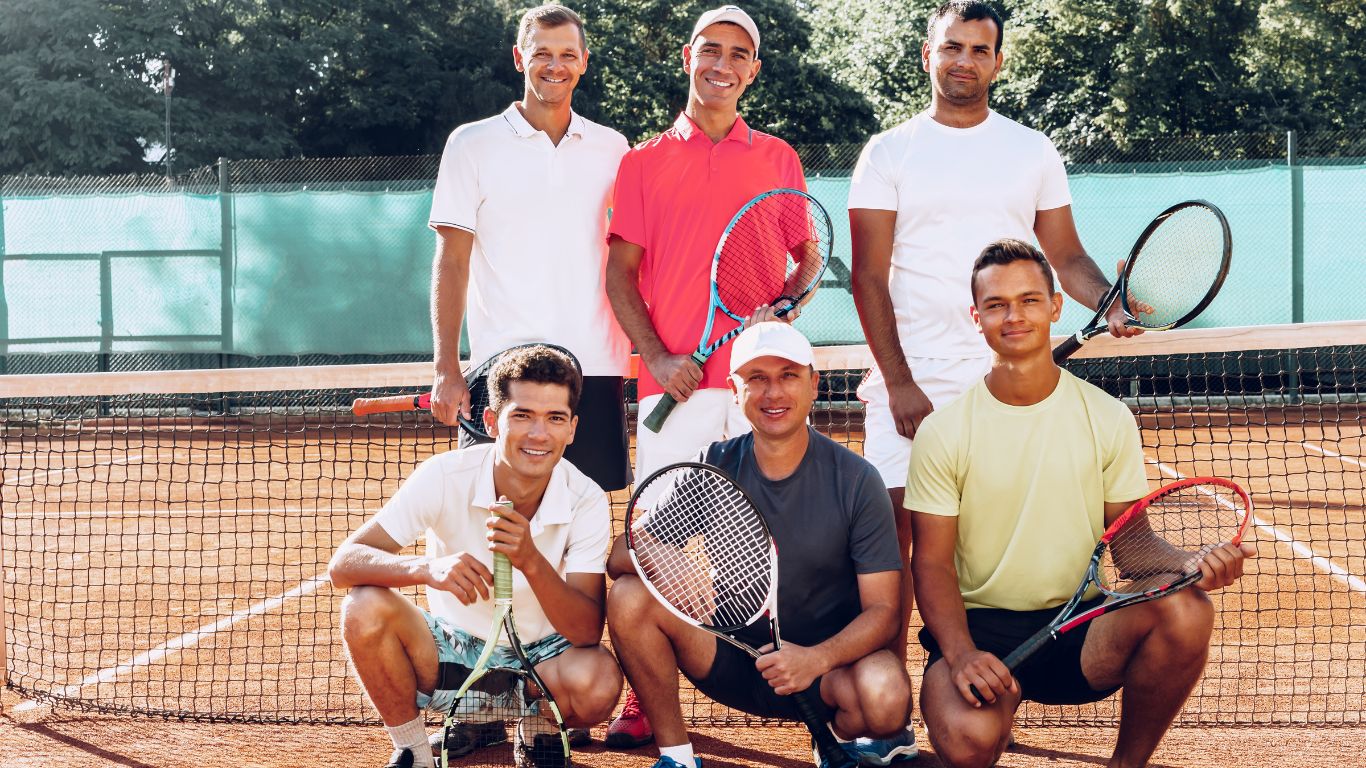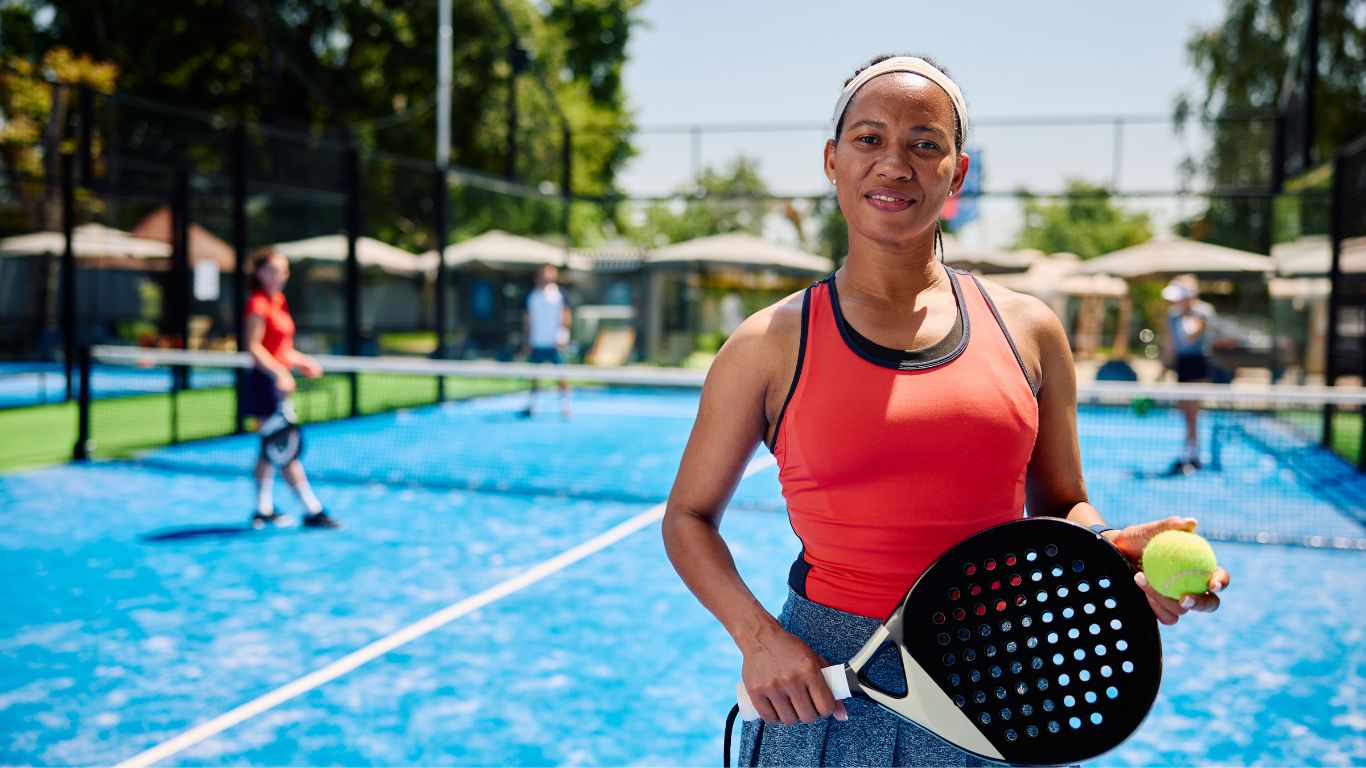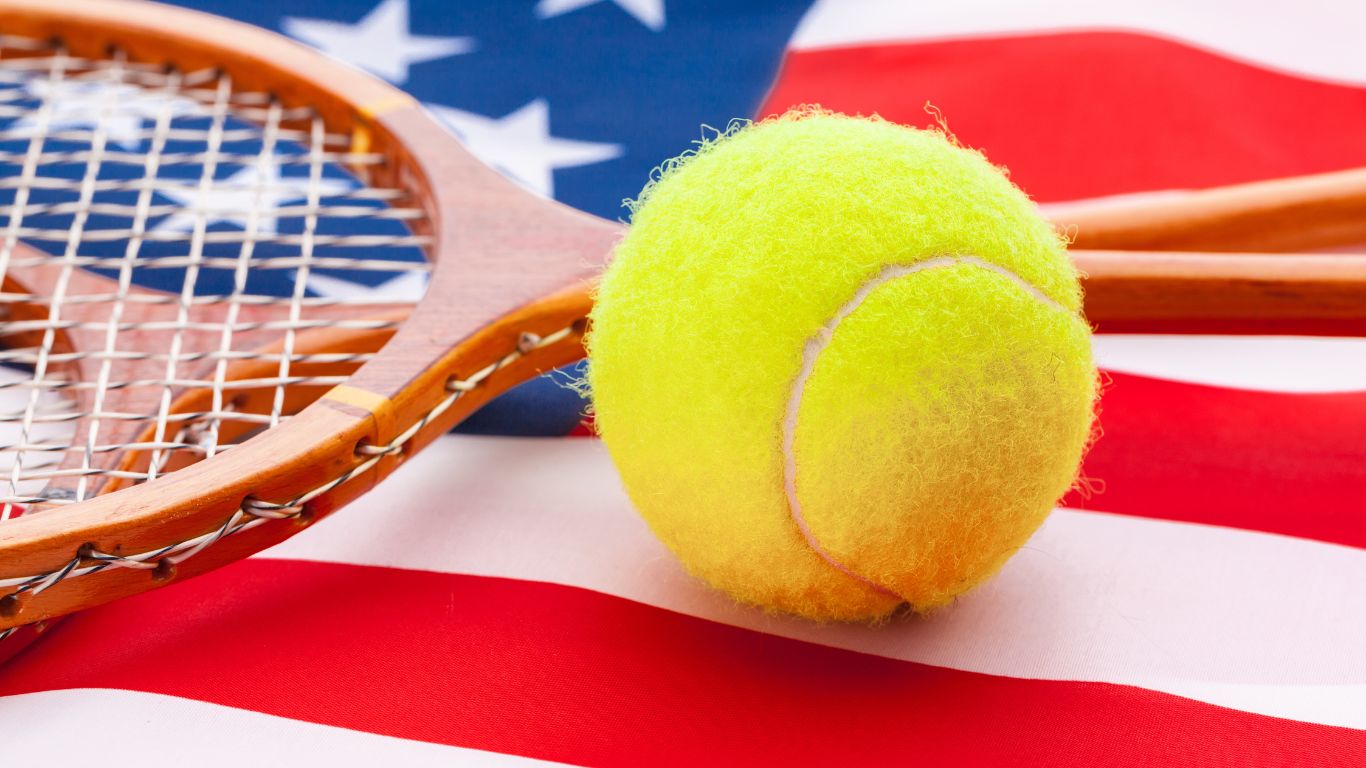Yes, tennis can be challenging due to its physical and mental demands. However, with practice and determination, anyone can learn to play effectively.
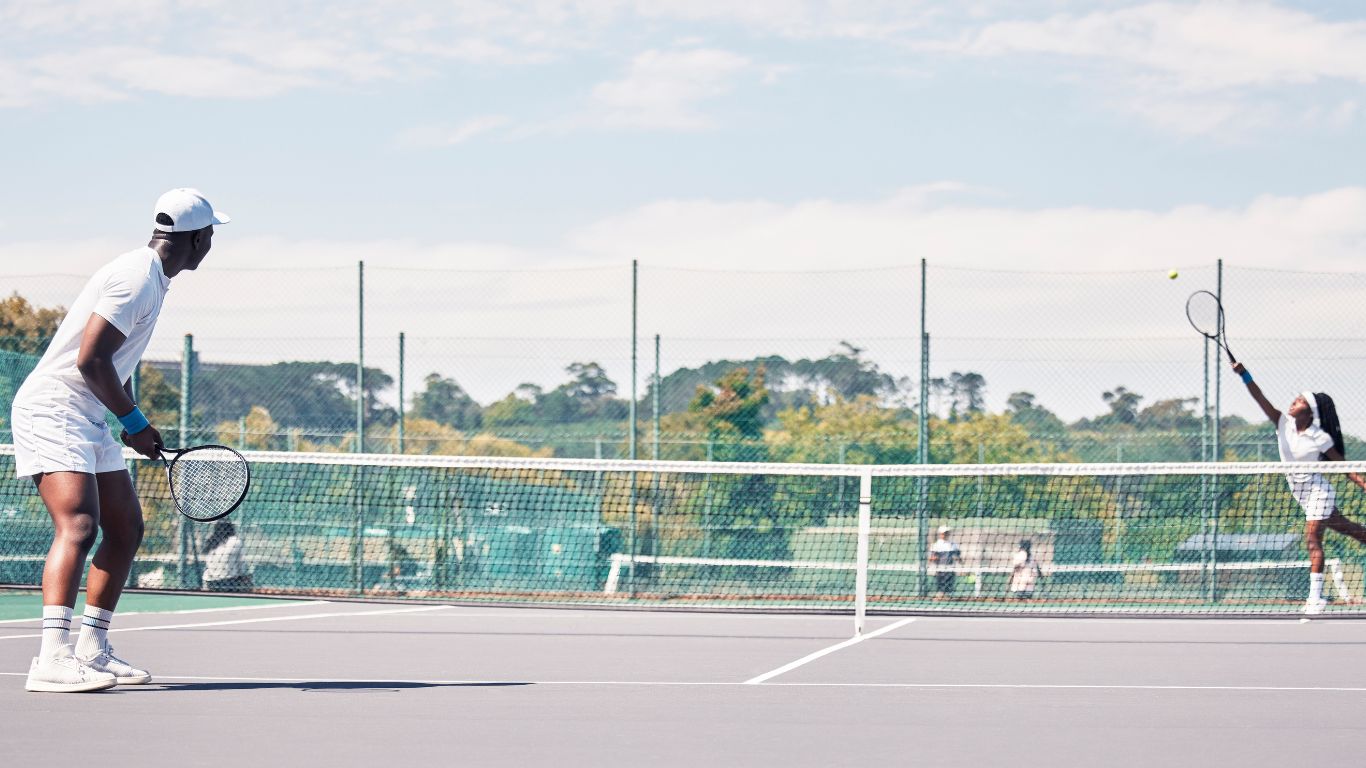
Tennis is a popular sport known for its fast-paced action and intense competition. It requires players to have strong physical stamina and quick reflexes, as well as the ability to think strategically. The game is played on a variety of surfaces, each with its own unique challenges.
Additionally, mastering different types of shots, such as serves, volleys, and groundstrokes, also adds to the complexity of the game. While tennis can indeed be difficult to master, the sense of achievement and the physical benefits make it a rewarding and enjoyable sport for those who are willing to put in the effort. Whether you’re a beginner or an experienced player, the thrill of hitting a well-placed shot is a testament to the hard work and dedication required to excel in tennis.
The Physical Demands Of Tennis
Tennis is widely regarded as one of the most physically demanding sports, requiring a combination of quick reflexes, endurance, agility, and speed. The rigorous nature of the game makes it a challenging endeavor for athletes of all levels. Let’s delve into the specific physical demands that make tennis a test of strength, speed, and skill.
Quick Reflexes And Hand-eye Coordination
Tennis demands quick reflexes and exceptional hand-eye coordination. Players must react swiftly to incoming serves and returns, adapting to the speed and trajectory of the ball in a split second. These rapid responses give tennis its exhilarating and intense pace.
Endurance And Stamina
Endurance and stamina are essential for prolonged matches that can last for hours. Long rallies and intense points require players to maintain their focus and energy levels throughout the game. Physical and mental resilience play a crucial role in enduring grueling sets and tie-breakers.
Agility And Speed
The sport demands agility and explosive speed as players cover the court swiftly, darting from side to side to return shots. The ability to swiftly change direction and accelerate is a key aspect of tennis, making it essential for players to maintain peak physical fitness.
The Mental Challenges Of Tennis
Tennis is not just a physically demanding sport, but it also presents numerous mental challenges that players need to overcome. From strategic thinking and decision making to handling pressure and maintaining focus, the mental aspect of tennis plays a crucial role in a player’s success on the court.
Strategic Thinking And Decision Making
In tennis, strategic thinking and decision making are essential skills that players need to possess. Every shot and movement on the court requires careful consideration and quick decision-making. Players must constantly analyze their opponent’s weaknesses and strengths and adapt their game plan accordingly. This mental agility is a key aspect of excelling in the sport.
Handling Pressure And Dealing With Mistakes
The ability to handle pressure and bounce back from mistakes is vital in tennis. Players often find themselves in high-pressure situations, such as serving to stay in a match or facing a break point. It’s essential to remain composed and focused, even after making an error. Tennis players need to develop a resilient mindset to overcome setbacks and continue performing at their best.
Maintaining Focus And Concentration
Maintaining focus and concentration throughout a match is a challenging aspect of tennis. With every point being crucial, players need to stay mentally sharp and avoid distractions. It’s essential to block out external factors and maintain unwavering concentration on the game at hand. Building mental stamina is crucial for sustaining peak performance on the court.
Technical Skills Required In Tennis
Playing tennis requires a combination of physical fitness, mental agility, and technical skills. While the sport may appear as simply hitting a ball back and forth across a net, there is much more to it. To truly excel in tennis, players must develop and master several technical skills. The ability to execute different types of shots, possess proper footwork, and understand spin and ball control are vital for success on the court.
Mastering Different Types Of Shots
One of the key technical skills in tennis is the ability to master different types of shots. A player must be proficient in a range of strokes, including the forehand, backhand, volleys, and serves. Each shot requires a different technique and can be performed with varying levels of power, spin, and accuracy.
Forehand: The forehand is the most common and powerful shot in tennis. It involves swinging the racket across the body from the dominant hand side and making contact with the ball using the palm facing outward.
Backhand: The backhand is executed with the non-dominant hand, with the palm facing inward. It requires a different swing motion and coordination compared to the forehand.
Volleys: Volleys are shots that are made when the ball is still in the air. They require a short swing and quick reaction time. Volleys can be played with either a forehand or backhand grip.
Serves: The serve is the starting shot of each point. It involves hitting the ball with overhead force, aiming to get it into the opponent’s service box. A powerful and accurate serve is essential for gaining an advantage in a tennis match.
Developing Proper Footwork
Another crucial aspect of tennis is developing proper footwork. Good footwork allows players to move swiftly and efficiently around the court, enabling them to reach the ball in time and maintain balance during shots.
Quick Steps: Tennis requires players to take quick and short steps. This allows for swift movement and quicker reaction time to anticipate and reach the ball effectively.
Split Step: The split step is a crucial movement used to maintain balance and initiate explosive bursts of speed. It involves briefly jumping and splitting the feet apart just as the opponent makes contact with the ball.
Sidestepping: Sidestepping involves moving laterally along the baseline or towards the net. It helps players position themselves for shots and defend against their opponent’s shots.
Understanding Spin And Ball Control
Spin and ball control play a vital role in the outcome of a tennis match. Understanding these elements allows players to manipulate the ball’s trajectory, speed, and direction to gain an advantage over their opponents.
Topspin: Topspin is a forward rotation of the ball that causes it to dip downward and bounce higher on the opponent’s side. It adds depth, control, and consistency to shots, making it more difficult for opponents to return.
Backspin: Backspin is a backward rotation of the ball that causes it to bounce lower after crossing the net. It can be used to generate shorter bounces and drop shots, forcing opponents to move closer to the net.
Slice: A slice is a lateral rotation of the ball that creates a sideways spin. It is used to change the ball’s direction, create angles, and add variety to shots.
Ball Control: Proper ball control allows players to hit the ball cleanly and accurately. It involves focusing on the timing, contact point, and racket face angle to ensure the desired shot execution.
By mastering different types of shots, developing proper footwork, and understanding spin and ball control, tennis players can elevate their game and compete at a higher level. These technical skills are essential to succeed and excel in the sport, making the gameplay more enjoyable and rewarding.
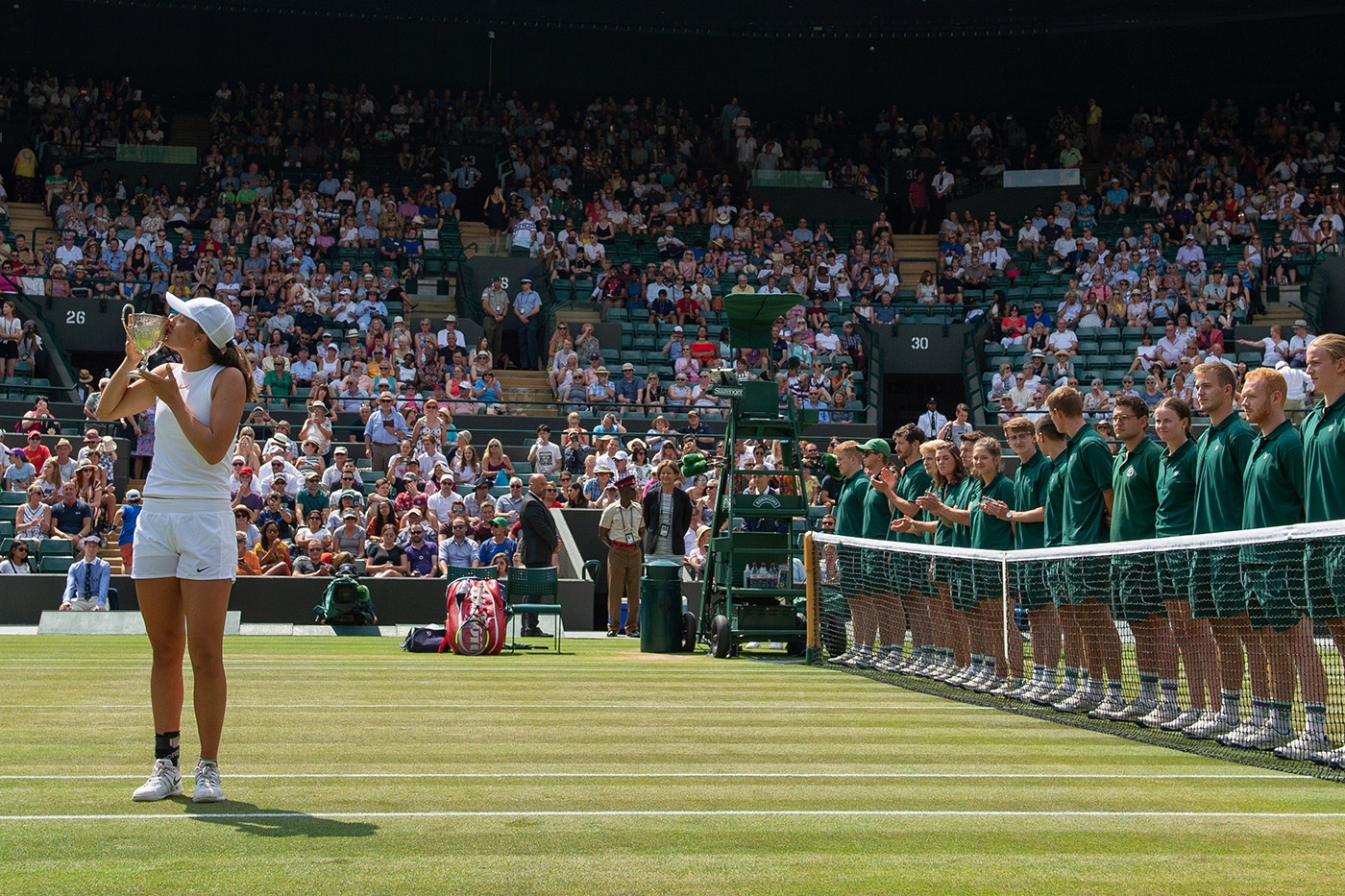
The Importance Of Training And Practice
Training and practice are crucial in tennis to overcome its challenges. By dedicating time and effort to improve skills, players can conquer the difficulty of the sport with perseverance and determination.
Physical Fitness And Conditioning
Physical fitness and conditioning play a crucial role in tennis. The sport demands a high level of agility, endurance, and strength. Players need to be able to move quickly on the court, have enough stamina to last through long matches, and possess the strength to hit powerful shots. Regular exercise routines that include cardiovascular activities, strength training, and flexibility exercises are essential for maintaining overall fitness and preventing injuries. It’s important for tennis players to focus on developing their speed, agility, and power, as these attributes greatly contribute to their performance on the court.
Regular Drills And Repetition
In order to master the skills required in tennis, regular drills and repetition are essential. By practicing specific shots, footwork, and tactics repeatedly, players can improve their technique and muscle memory. This enables them to execute shots effectively and consistently during matches. Incorporating a variety of drills, such as groundstroke drills, volley drills, and serve practice, helps players refine their strokes, enhance their hand-eye coordination, and develop their overall game. Consistent practice sessions, both on and off the court, are key to making progress and reaching one’s full potential as a tennis player.
Working With Coaches And Mentors
Working with experienced coaches and mentors provides invaluable guidance and support for tennis players. Coaches have the knowledge and expertise to analyze a player’s strengths and weaknesses, identify areas for improvement, and create personalized training plans. They can offer technical advice, help players develop strategic thinking, and provide motivation to push past limits. Mentors, on the other hand, offer valuable insights based on their own experiences in the sport. Their guidance can help players navigate challenges, build mental resilience, and develop a winning mindset. Collaborating with coaches and mentors can accelerate a player’s progress, ensuring they receive the necessary guidance and support to excel in tennis.
Overcoming Obstacles And Achieving Success In Tennis
Tennis is a challenging sport that requires skill, dedication, and perseverance. It may seem daunting to some, but with the right mindset and approach, you can overcome obstacles and achieve success on the tennis court. In this blog post, we will explore three essential aspects of achieving success in tennis: setting realistic goals, building resilience, and mental toughness, and learning from failures while celebrating victories. By focusing on these areas, you can develop the skills needed to excel in the sport.
Setting Realistic Goals
Setting realistic goals is the foundation of success in tennis. Whether you are a beginner or an experienced player, it is crucial to have clear objectives and a plan to achieve them. By setting attainable goals, you can maintain motivation and measure your progress effectively.
Here are some tips for setting realistic goals:
- Identify specific areas of improvement, such as improving your serve or backhand.
- Break down your goals into smaller, actionable steps. For example, set a goal to practice your serve for an extra 15 minutes every day.
- Be flexible and adjust your goals as you progress. This allows you to adapt to changing circumstances and stay on track.
Building Resilience And Mental Toughness
Resilience and mental toughness are integral to overcoming challenges in tennis. The ability to stay focused, remain positive, and bounce back from setbacks is what sets successful tennis players apart. Developing these qualities will not only benefit your game but also help you navigate through life’s ups and downs.
Here are some strategies to build resilience and mental toughness:
- Practice mindfulness and visualization techniques to stay present and focused during matches.
- Embrace challenges as opportunities for growth and learning.
- Develop a positive mindset by focusing on your strengths and maintaining self-belief.
- Stay motivated by setting short-term goals and rewarding yourself for achieving them.
Learning From Failures And Celebrating Victories
In tennis, both failures and victories are valuable learning experiences that can contribute to your growth as a player. By analyzing your mistakes and celebrating your successes, you can refine your skills and continue to improve.
Here are some ways to learn from failures and celebrate victories:
| Learning from Failures | Celebrating Victories |
|---|---|
|
|
Remember, success in tennis is not just about winning every match but also about personal growth, resilience, and enjoying the journey. By setting realistic goals, building resilience and mental toughness, and learning from failures while celebrating victories, you can overcome obstacles and achieve success on the tennis court.


Frequently Asked Questions On Is Tennis Hard
Is Tennis Hard For Beginners?
Tennis can be challenging for beginners, but with practice and proper coaching, it becomes easier over time. Learning the correct techniques, footwork, and strategy can help beginners improve their skills and enjoy the sport more.
What Skills Do You Need For Tennis?
To excel in tennis, you need a combination of physical and mental skills. Some important skills include hand-eye coordination, agility, speed, endurance, focus, and strategic thinking. Constant practice and dedication can help you develop and enhance these skills.
How Long Does It Take To Become Good At Tennis?
The time it takes to become good at tennis varies based on individual factors such as athletic ability, dedication, and practice. Generally, it takes several years of consistent training and competition to reach a high level of skill. Remember, progress in tennis is a journey, so be patient and enjoy the process.
Does Tennis Require A Lot Of Physical Fitness?
Yes, tennis requires a good level of physical fitness. It involves running, quick movements, coordination, and endurance. Regular exercise, strength training, and cardiovascular workouts are essential to improve your fitness levels and perform well on the tennis court.
Conclusion
After evaluating the various aspects of tennis, it is evident that the sport is challenging, demanding both physical and mental abilities. Tennis requires athletes to possess agility, coordination, endurance, and quick thinking. However, with consistent practice, determination, and proper coaching, anyone can learn to play tennis effectively.
So, while tennis may seem daunting at first, it is a rewarding and enjoyable sport for those who are willing to put in the effort.






